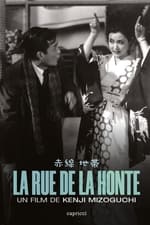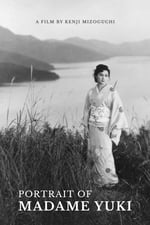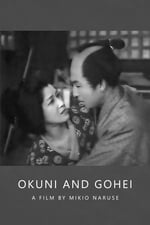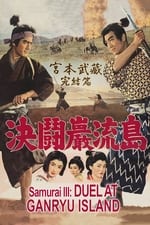Informations personnelles
Célèbre pour Interprétation
Apparitions connues 133
Genre Femme
Date de naissance 31 janvier 1918
Date de décès 13 juin 1990 (72 ans)
Lieu de naissance Shimonoseki, Yamaguchi Prefecture, Japan
Alias
- Tsuma Wada
- 木暮実千代
- Митиё Когурэ
Score de contenu
100
Superbe ! Cette fiche semble complète !
Connectez-vous afin de
signaler un problème.
Biographie
From Wikipedia, the free encyclopedia.
Michiyo Kogure (木暮実千代, Kogure Michiyo) (31 January 1918 – 13 June 1990) was a Japanese film actress. She appeared in nearly 200 films in a career which spanned 45 years,[3] starring in works by Akira Kurosawa, Kenji Mizoguchi, Yasujirō Ozu, Mikio Naruse, and others. Film historian Donald Richie once called her "one of Japan's most versatile actresses, and perhaps the most intellectual of all in her approach to acting."
Michiyo Kogure was born in Shimonoseki, Yamaguchi Prefecture, Japan, and graduated from Nihon University in 1940. While still a student, she joined the Shochiku film studios and gave her screen debut in 1939. She worked for directors such as Hiroshi Shimizu, Heinosuke Gosho and Kōzaburō Yoshimura, before following her husband to Manchuria in 1944. Upon her return two years later, she starred again in films by Shochiku, but also Toho, Daiei and other studios, and repeatedly appeared in films by Mizoguchi and Shimizu. She received the 1949 Mainichi Film Award for Best Supporting Actress for her performance in Aoi sanmyaku.
In addition to her appearances in films and commercials, Kogure volunteered in charity work. In 1976, she was awarded the Medal with Dark Blue Ribbon.
Description above from the Wikipedia article Michiyo Kogure, licensed under CC-BY-SA, full list of contributors on Wikipedia.
From Wikipedia, the free encyclopedia.
Michiyo Kogure (木暮実千代, Kogure Michiyo) (31 January 1918 – 13 June 1990) was a Japanese film actress. She appeared in nearly 200 films in a career which spanned 45 years,[3] starring in works by Akira Kurosawa, Kenji Mizoguchi, Yasujirō Ozu, Mikio Naruse, and others. Film historian Donald Richie once called her "one of Japan's most versatile actresses, and perhaps the most intellectual of all in her approach to acting."
Michiyo Kogure was born in Shimonoseki, Yamaguchi Prefecture, Japan, and graduated from Nihon University in 1940. While still a student, she joined the Shochiku film studios and gave her screen debut in 1939. She worked for directors such as Hiroshi Shimizu, Heinosuke Gosho and Kōzaburō Yoshimura, before following her husband to Manchuria in 1944. Upon her return two years later, she starred again in films by Shochiku, but also Toho, Daiei and other studios, and repeatedly appeared in films by Mizoguchi and Shimizu. She received the 1949 Mainichi Film Award for Best Supporting Actress for her performance in Aoi sanmyaku.
In addition to her appearances in films and commercials, Kogure volunteered in charity work. In 1976, she was awarded the Medal with Dark Blue Ribbon.
Description above from the Wikipedia article Michiyo Kogure, licensed under CC-BY-SA, full list of contributors on Wikipedia.








